
9 minute read
Data & the Three Pillars of Sustainable Forestry
According to Rolf Schmitz, co-founder and co-CEO of CollectiveCrunch and the creator of Linda Forest software solutions, digitising the world’s forests is essential to understanding and fighting climate change.
If a tree falls in the forest, it hardly matters if it makes a sound, but it helps to know it happened. Through advanced data analysis and artificial intelligence (AI), companies that manage forest inventories or produce wood-based products can better estimate these rich resources. Increasingly, our climate depends on it. You’ve heard that the world’s forests are critical to fighting climate change, based in part on their ability to absorb carbon dioxide, the primary greenhouse gas threatening our planet. But that’s just part of the story. Trees aren’t just for reducing carbon emissions; they are renewable resources and sustain biodiversity. Understanding more precisely how forests develop, regenerate, and are harvested is key to the planet’s sustainability.
Forests cover around 30% of our planet. In order to manage our forests for a more sustainable future, we need insights into the planet’s forests at scale. This calls for digitising these vast, analog spaces.
Three pillars of sustainable forestry
Sustainable forestry rests on three important pillars: circular economics, carbon offsetting, and biodiversity. Striking a balance among the three is important, but so is the ability to measure success across all three using data. Circular economics – harvesting forests for raw materials is as old as mankind, and although mankind has had a spotty track record in doing so responsibly, harvesting forests for raw materials will continue to be important — even to the world’s sustainability. Wood and paperbased products play a key role in replacing less sustainable, plasticbased products and packaging. Such products are biodegradable, and the trees harvested to create them are replaced with new trees. In a circular, sustainable forestry model, they’re used, reused, recycled, and regenerated. Carbon offsetting – offsetting has become a critical tool in counterbalancing the harmful effects of greenhouse gas emissions. By investing in, protecting, replanting, and managing forest growth, companies sponsor through credits the capture of CO2 to offset their emissions, effectively reducing their carbon footprint. For carbon credits to be viable, and to avoid ‘green-washing’, the forest inventories of carbon projects need to be measured and tracked. Currently too many carbon projects have questionable foundations. Biodiversity – in the process of moving toward a circular economy and carbon offsetting, sustainable forestry also needs to promote biodiversity. There will always be a need for fast-growing, commercial tree plantations – forests planted and managed to support circular industries or large-scale carbon capture – but they should be balanced with diverse forests. Biodiversity helps maintain the natural resilience of forest ecosystems and ensures their longevity for generations to come – the very definition of sustainability.
With the understanding that sustainable forestry rests on these three pillars, it’s important to understand the challenges the industry faces in strengthening them. Circular economics needs to be more efficient. When it comes to harvesting, production, and recycling, better analytics improves
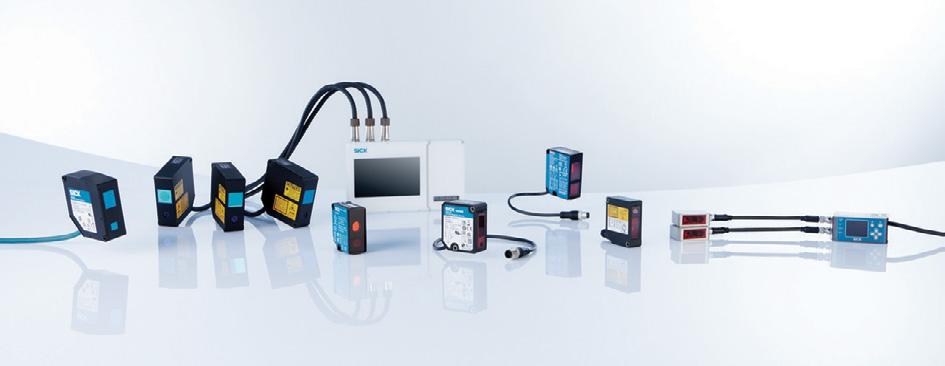
SICK’s Next-Generation Distance Sensor – An ‘All-Rounder’ with Countless Possibilities

SICK has launched its next-generation OD2000 distance sensor, combining highprecision reliability with outstanding economy to deliver a versatile ‘all-rounder’ for multiple applications in timber and wood processing. The stand-alone and compact SICK OD2000 has been developed to provide a universal product family with minimal variants, while making configuration and parameterisation ‘plug and play’. With IO-Link as standard, the SICK OD2000 offers highly-versatile machine integration possibilities, while providing for diagnostics and condition monitoring.
With a large measuring range up to 1,200mm, as well as a measuring frequency of up to 7.5 kHz, the OD2000 will therefore be a trusted solution for wide-ranging positioning and quality control tasks in automated production and assembly, including robotics. Using its high-precision triangulation measurement principle, the OD2000 achieves high repeatability and linearity, and it can detect the smallest differences in height, even in the micrometre range.
With five different measuring ranges between 25 and 1,200 mm, the SICK OD2000 is ready to master any task, including demanding, high-speed measurement regardless of surface, diameter, thickness or width. It is can also solve challenging background suppression applications where precise distance differentiation or small hysteresis settings are required. The price/performance advantages of the new SICK OD2000 family are expected to be especially welcomed by production teams, system integrators and machine builders in wood processing applications, for example, for measuring wanes and board thicknesses.
The SICK OD2000 is ready to use out-of-the-box with widely-useable default settings. The on-sensor OLED display makes parameterisation and adjustment quick and easy. Alternatively, set up via SICK’s SOPAS software has been enhanced with a new graphical user interface and a QUICK SET menu. Together with direct parameterisation via IO-Link, this is especially useful when mounting in hard-to-reach locations. Using IO-Link to access existing data also makes it easy to replace a sensor, should this be necessary, reducing machine downtime and preventing incorrect settings.
Seamless integration versatility underlines the SICK OD2000’s all-round usefulness. The OD2000 can send both adjustable analog output (mA/V) and digital output signals. Smart point-to-point communication for Industry 4.0 integrations is enabled via the IO-Link interface, which also means the signal transmission and power supply can use a single cable. With IO-Link, the OD2000 can output process and diagnostic data for condition monitoring and predictive maintenance.
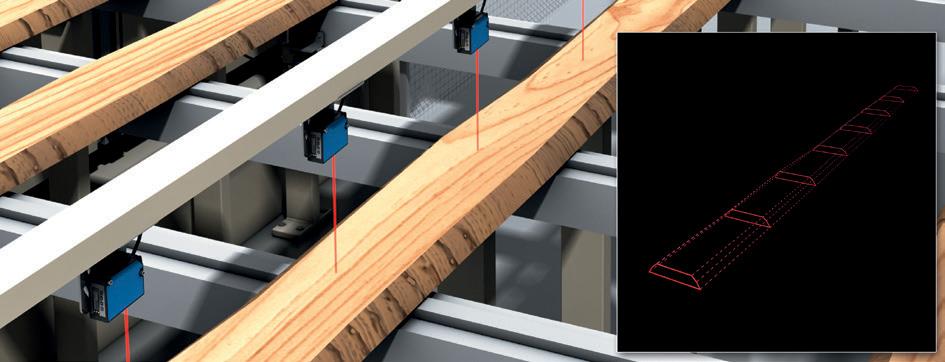

“With the OD2000, SICK has introduced a brand new displacement measurement family that can be relied on by production teams to assure precision performance and consistent process quality, whatever the application,” concludes David Hannaby, SICK’s UK Product Manager for Presence Detection. “The universal concept will help to minimise inventories and ensure efficient ordering and delivery. The OD2000 is mounted in an instant and set up is completed in next to no time. Machine builders will particularly welcome the OD2000’s integration flexibility and communications versatility.”
For more information, please contact Andrea Hornby on 01727 831121 or email andrea.hornby@sick.co.uk.
SICK (UK) LTD Waldkirch House, 39 Hedley Road St Albans, Herts AL1 5BN Tel: +44 (0) 1727 831121 info@sick.co.uk
Get accredited, get noticed get the Mark
Are you a timber decking or cladding supplier or installer? Do you do things the ‘right way’? Get the recognition you deserve.
DeckMark and CladMark quality schemes are industry recognised, third-party accreditations. They provide independent verification of high standards and best practice. Such validation is vital to specifiers looking to ensure their projects go smoothly.
London Decking Company Lee & Micklethwait ©Image: Hufton+Crow
Get in touch and arrange your audit today
info@tdca.org.uk | 01977 558147
The Timber Decking & Cladding Association is an independent, not-for-profit technical and advisory trade body. Recognised as the authoritative source of expert opinion in the UK.
DeckMark and CladMark schemes require a full business audit and assessment followed by annual surveillance audits.
www.tdca.org.uk

performance. For example, better knowledge of the quantities, locations, and timings of harvests, as well as the production of precisely what the market needs, are critical to sustainable forestry. It’s been shown that maximising the value of forests and targeting only the wood resources producers need can improve margins of forest owners up to 7%. Carbon offsetting needs to be reliable. The voluntary carbon trading market is growing fast, but participating companies are at reputational risk if they claim carbon neutrality based on credits that can’t be supported by real-world conditions. Tracking carbon-capture projects using state-of-the-art technology is key not only to ensuring such projects achieve the desired, climate-saving results, but also to proving to the ecosystem of interested parties – corporations, regulators, NGOs, the public – that they do. Such tracking needs to make use of the scientific and technical resources available today.
Biodiversity needs to be measurable. Promoting diverse forest conditions that support a more sustainable planet is essential to creating natural resilience against the impacts of climate change. Several years ago, it was common to see single-species tree afforestation used to establish fast-growing forests. Such projects need to include additional, indigenous species at different growth stages to support wildlife habitat survival and guard the variety of life. All forestation efforts must be held to their claims through rigorous monitoring and verification. This requires incorporating biodiversity products, such as species mix and keystone species, into everyday forest management. The challenge of measurable biodiversity is translating these products into reality accurately and at sufficient scale.
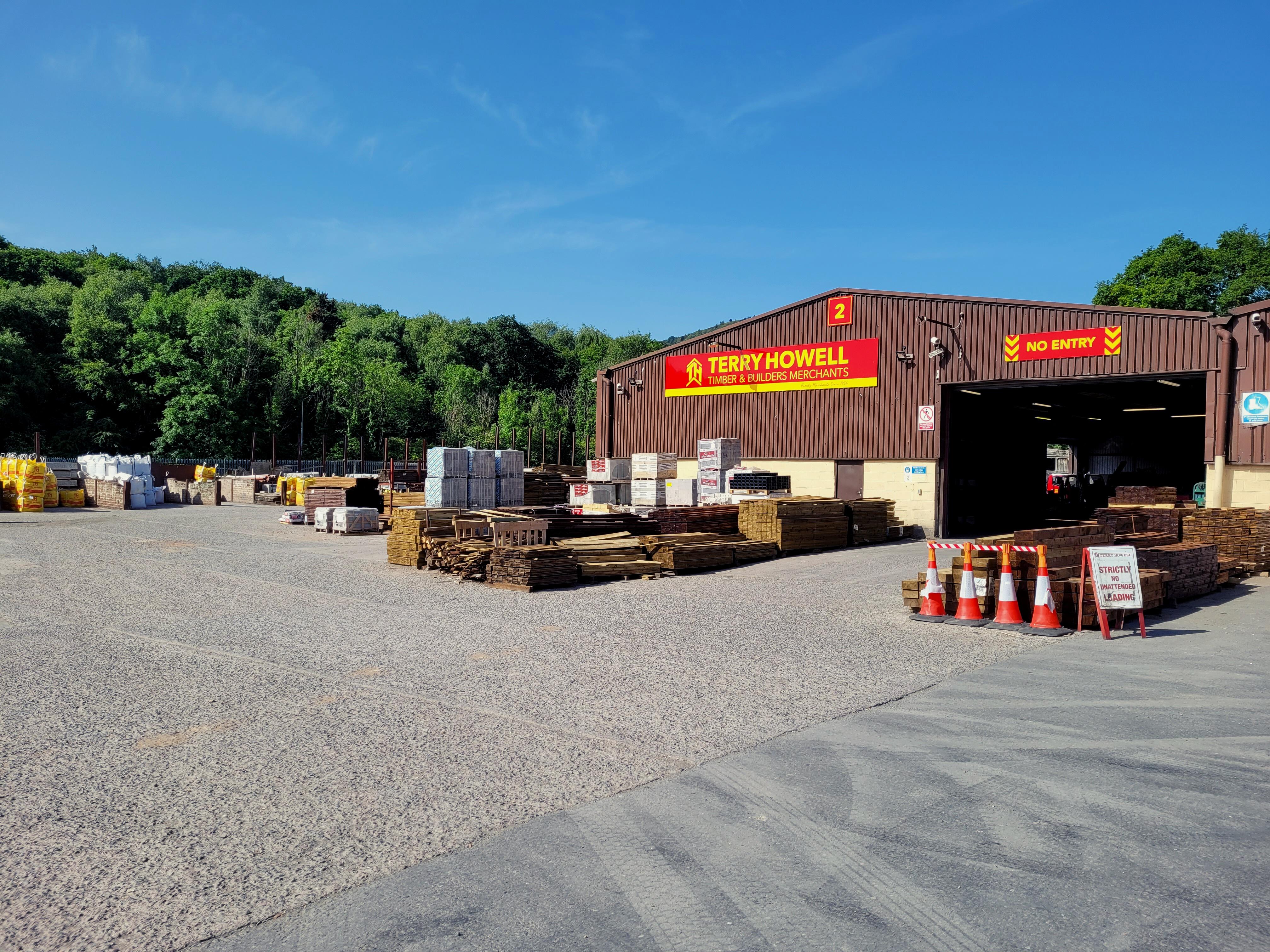
You can’t sustain what you can’t measure
Addressing these challenges takes a far more efficient, dataintensive approach to understanding forests. To date, sustainable forestry has relied on manual and inexact methods for measuring the effects of these three pillars. In an age of digitalisation, when everything from supply chains to smart cities are being reinvented through information technology, forests have been largely out of reach. But the forest industry must adopt digital systems in all its aspects.
To promote circular economics in forestry, to establish a traceable, transparent market for carbon capture and offsetting and to ensure that biodiversity underpins all these efforts, there needs to be greater real-time visibility into forests and their conditions. Today vast parts of global forests are managed through 19th century methods: the manual sampling of trees. The industry needs to better model forests through various applications of artificial intelligence, earth observation, and machine learning.
The fact is, there exists good data about the world’s forests, whether generated through established light detection and ranging (LiDAR) technology, satellite imagery, human data collection, or other means. But it’s often disjointed and quickly out of date. Using AI, we can breathe fresh life into forestry data by feeding it into an advanced geographic information system and, through purposeengineered algorithms, create all-new, highly accurate models for growth conditions, forest density, inventories, and more. The result is a dynamically changing AI model for sustainable forestry predictions and management.
A sustainable forestry platform can, for example, better detect species in a forest to support biodiversity initiatives. By analysing forest density, it can ascertain carbon-capture potential in situations where the canopy is well preserved – giving the appearance of greater density – while its understory is thoroughly harvested.
Other advances will contribute to the pillars, too. For example, in terms of circular forests, companies will soon incorporate more GPS technology into their operations, giving the industry even more granular data about forests – down to individual trees. This will allow a data platform to generate digital twins of forests for better ‘what-if’ modeling and accurate forecasting. Of course, any reliable and scientifically rigorous forest model needs ground truth for calibration. Over time, we will need to adopt standardised ways of collecting and storing such ground truth data if we’re to enjoy truly scalable, sustainable forest inventories. The digital transformation of forests creates clearer visibility into the circular economics, carbon offsetting, and biodiversity of sustainable forestry. With better data, forests can have a far greater impact on climate change.
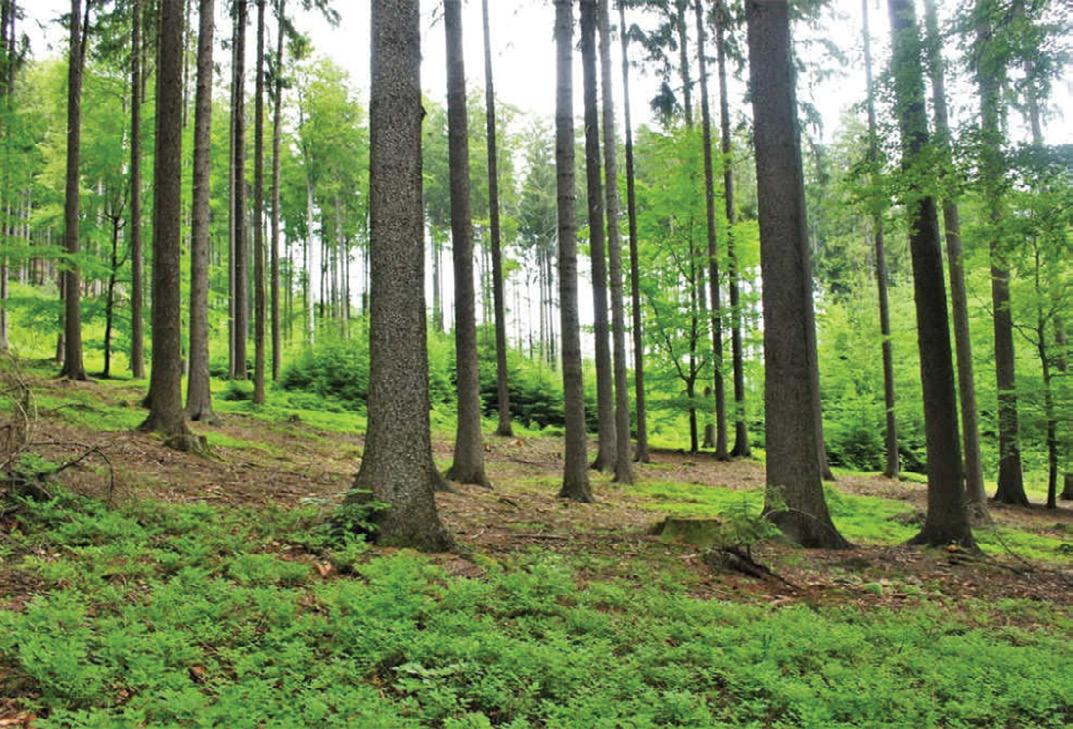
More at www.collectivecrunch.com


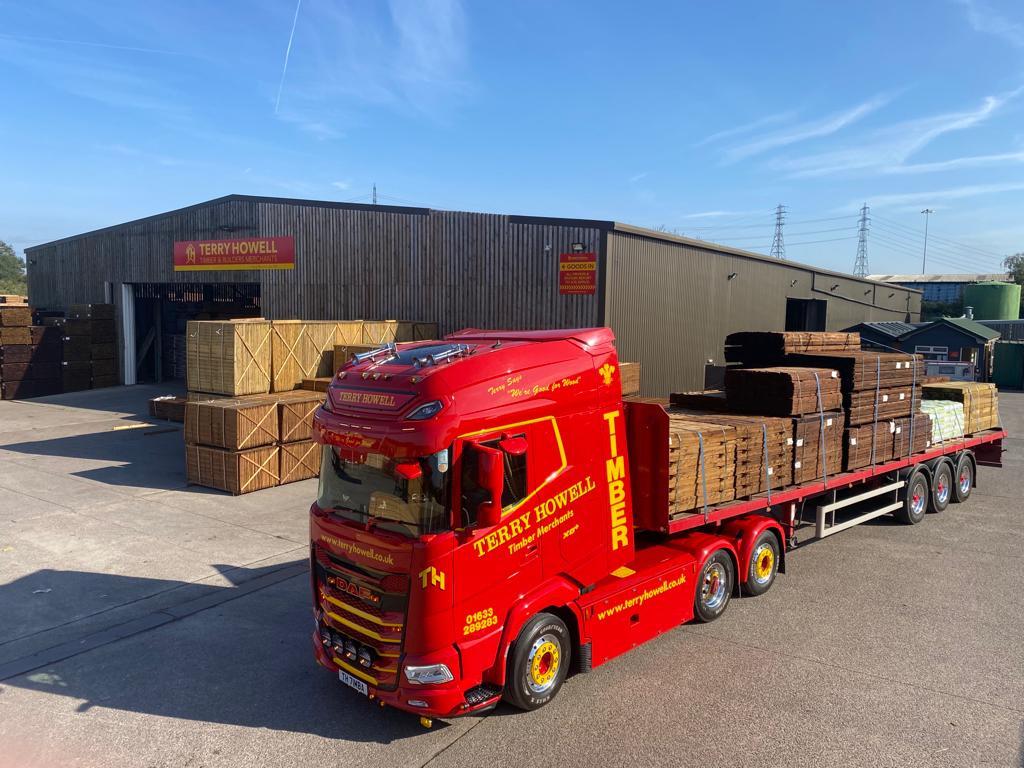
YOUR FAMILY TIMBER MERCHANTS








